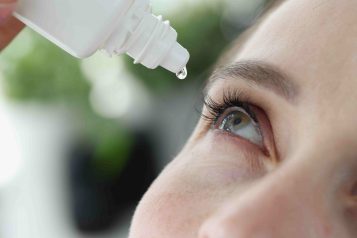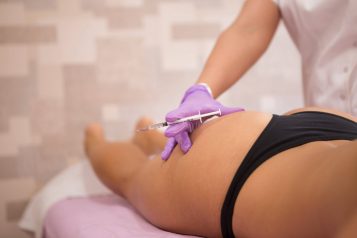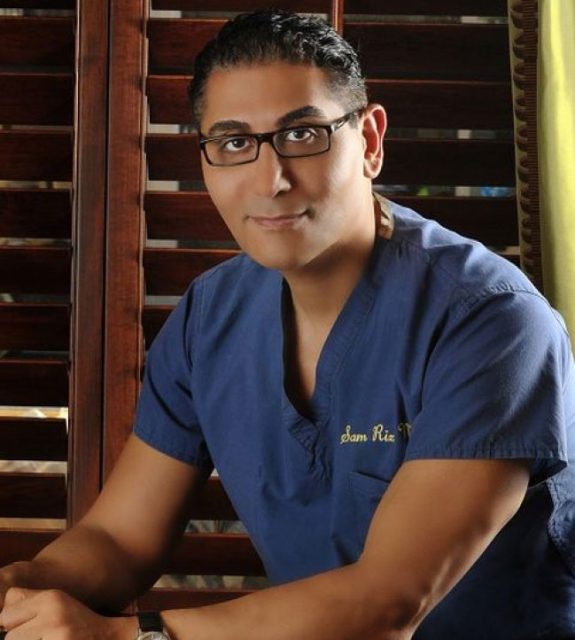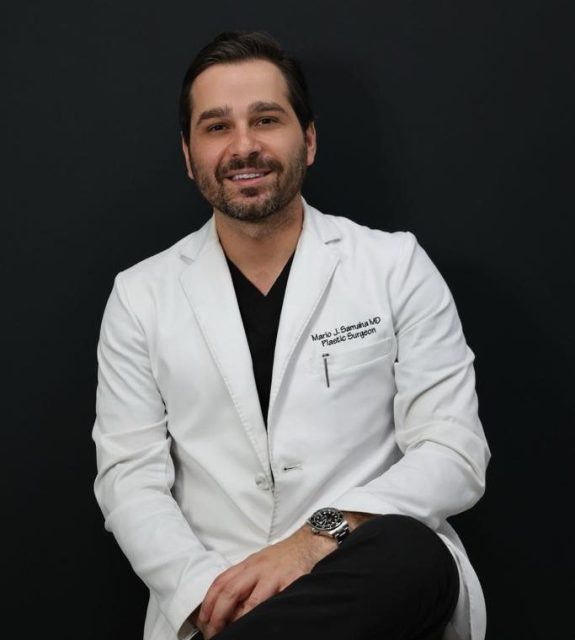Dr. Mark G. Albert, M.D. is a solo practice Aesthetic Plastic & Reconstructive Surgeon on the Upper East Side of Manhattan and Director of the renowned Manhattan Eye, Ear, and Throat Hospital Aesthetic Plastic Surgery Fellowship. He is a graduate of The University of Pennsylvania and Michigan State University College of Medicine. He completed his residency training at the University of Massachusetts and then complemented an aesthetic plastic surgery fellowship at The Manhattan Ear, Eye, and Throat Hospital.

Over time, your face can begin to sag, lose volume and tone, and develop wrinkles. As you begin to notice these changes, you may run to intermediary treatments for facial rejuvenation that are temporary. In recent years, Dr. Mark Albert M.D., F.A.C.S. has seen patients turn to a facelift because of its long-term improvement and natural results.
While you might assume that a facelift is completed under general anesthesia, Dr. Albert takes a unique approach – staying awake. To understand how performing a procedure awake benefits the patient, Haute Beauty sat down with Haute Beauty expert Dr. Albert to ask him the questions most would want to know before an awake facelift procedure.
Haute Beauty: Does the idea of staying awake during a facelift procedure scare patients? If so, how do you ease their minds?
Dr. Mark Albert: For many people, it is a little bit surprising but the more that they hear benefits it becomes an obvious choice for them.
The only time a patient feels anything is in the first five minutes of the procedure where I inject a dilute lidocaine solution with certain medications in it to minimize discomfort. After that, most people usually take a nap and sleep through the rest of the procedure.
I also prescribe certain oral medications that can relax a patient. During the procedure, I give people laughing gas as a relaxant that helps dissociate any pain they might be feeling.
HB: What are the benefits?
MA: No post-op nausea, vomiting, or grogginess afterward. These benefits are so impactful that I’ve had patients go out to lunch after their procedure – that’s how good they feel.
From a medical standpoint, there is a lot less blood pressure lability. This means that your blood pressure does not fluctuate as much while you are awake so it decreases the chances of bleeding post-procedure.
HB: Do you only perform facelifts awake?
MA: A lot of people are afraid of the thought of going to sleep or having a tube down their throat, which is why an awake facelift appeals to them. In the case where a patient does not feel comfortable being awake or suffers from high anxiety, those tend to be the people who choose to not do it awake. I have an anesthesiologist who will administer general anesthesia.
HB: As a surgeon, does performing a facelift awake change your process?
MA: Absolutely not! There is nothing I do differently. Everything I can do asleep; I can do awake.
HB: What is the downtime?
MA: I usually say after one week we are taking out the stitches, after two weeks most of the bruising and swelling is gone and people are back to work, seeing their friends, and after three weeks you are ready for the red carpet!
My follow-up schedule is the day after, the week after, and then various points after that. People often prefer video visits at that point.

HB: Are there any post-op rules to follow?
MA: The main thing you worry about after a facelift is your blood pressure rising because that can cause bleeding. That said, anything that can raise your blood pressure is ideally what I tell my patients to avoid.
I have people take it easy as far as avoiding any strenuous exercise, avoid lifting, housework, going up and down the stairs often. For the first two to three weeks, you want to minimize activity as much as possible. Most of the time, patients forget because they feel great after surgery, but as a surgeon, I have to remind them to take it slow – you just had surgery!
HB: Regardless of being awake or not, would you say a lot of patients are hesitant towards the facelift procedure?
MA: It’s becoming more commonplace, socially acceptable, and publicized. I’ve seen a shift in the demographic of people requesting facelifts. Now it’s not only 60–70 year old women. It’s both men and women who are starting in their early 40s that are requesting mini facelifts.
HB: Is there anything else you’d like to highlight?
MA: People are often worried about scarring, which is why I do tons of FaceTite, NeckTite, and Morpheus8 procedures, which are in-between procedures.
As this worry is legitimate, I can assure you that the scar is placed in natural creases. Where the ear meets the face or it’s hidden behind the ear, within your hair, inside your ear. If it is well done, there should be no tell-tale signs that you had a facelift.
HB: Do you recommend any medications for swelling or bruising?
MA: Patients can take Arnica and Bromelain ahead of time. There is a medication I use called Tranexamic Acid, which drastically improves post-op bruising and swelling.
























